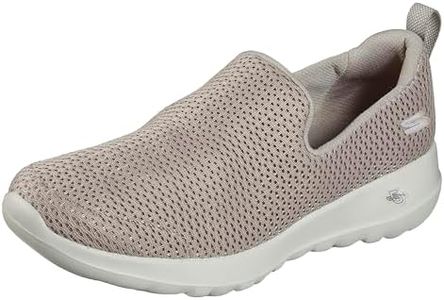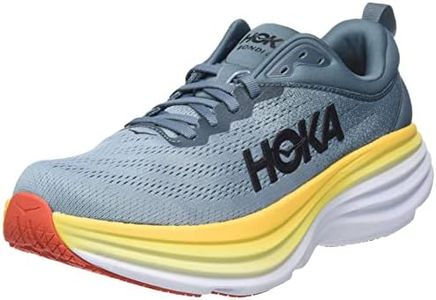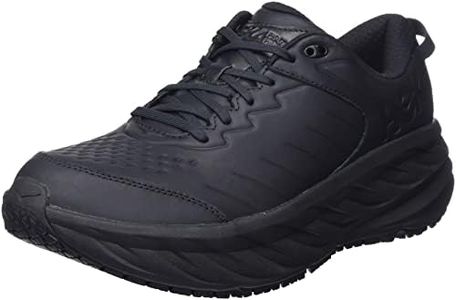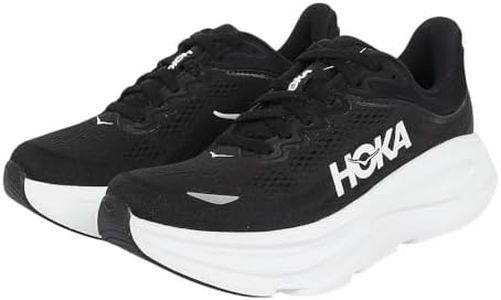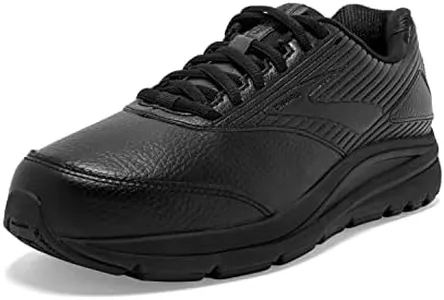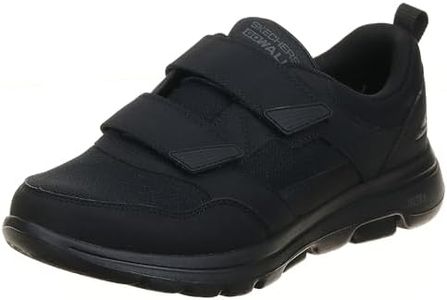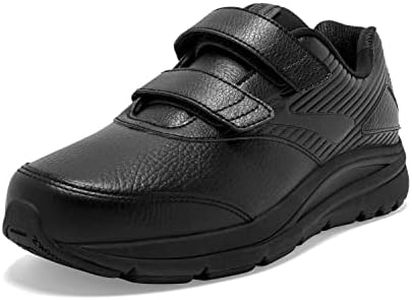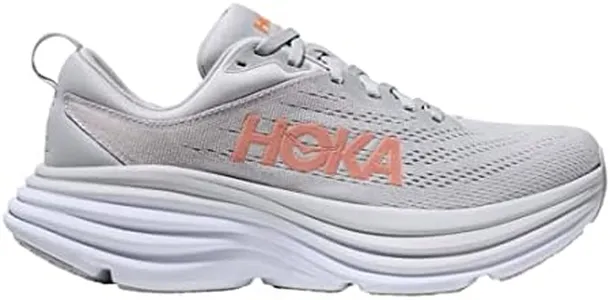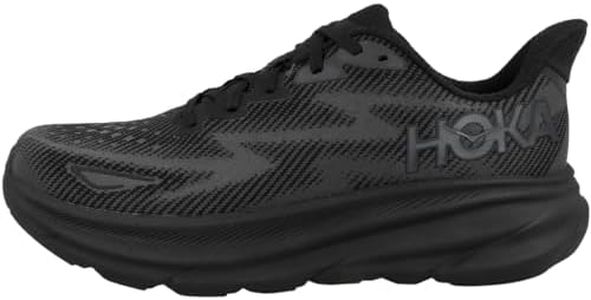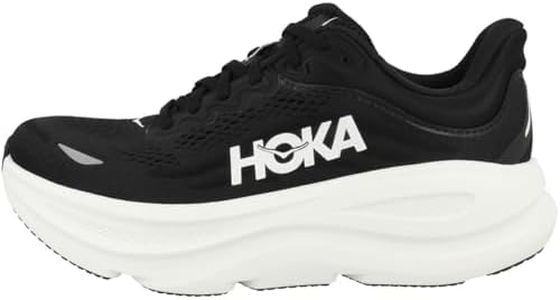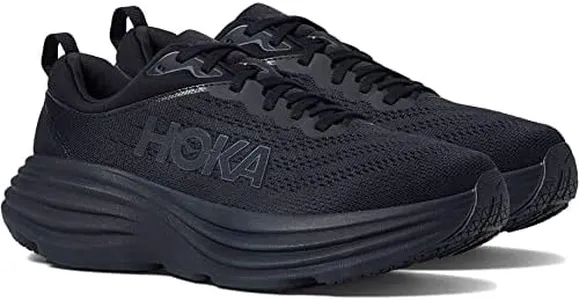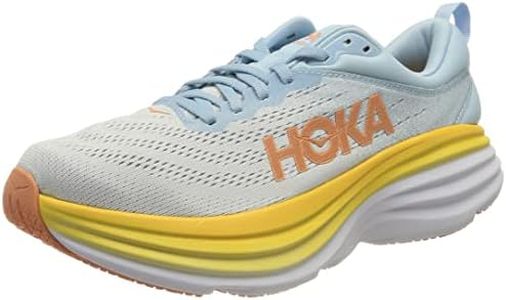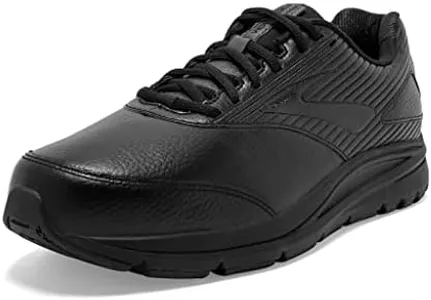We Use CookiesWe use cookies to enhance the security, performance,
functionality and for analytical and promotional activities. By continuing to browse this site you
are agreeing to our privacy policy
10 Best Walking Shoes For Bad Knees
From leading brands and best sellers available on the web.Buying Guide for the Best Walking Shoes For Bad Knees
Choosing the right walking shoes is especially important if you have bad knees. The right pair can provide much-needed comfort, cushioning, and support, all of which contribute to reducing knee pain and preventing further strain. Before buying, think about your typical walking surfaces, how long you'll be on your feet, and any recommendations your doctor or physical therapist may have. It's always a good idea to try shoes on at the end of the day when your feet are at their largest and to walk around the store to gauge comfort.CushioningCushioning refers to the padding inside the shoe that absorbs the impact of each step. This is particularly important for people with bad knees, as good cushioning helps reduce the shock that travels up the legs and into the knees. Cushioning often ranges from firm to plush. Firm cushioning can offer more stability and is good for those who want a closer ground feel, while plush cushioning provides a softer, more comfortable step and is ideal for people seeking relief from joint stress. If your knees are sensitive to impact, look for shoes with enhanced cushioning in the heel and forefoot.
Arch SupportArch support is the structure within the shoe that keeps your foot stable and supports its natural shape. This is crucial for minimizing pain in the knees, as poor arch support can cause your feet to roll inward or outward, misaligning your legs and putting extra pressure on your knees. There are three common arch types: flat, neutral, and high. If you have flat feet or overpronate (your feet roll inwards), look for shoes with strong arch support or stability features. If you have high arches, a shoe with extra padding and flexible support is better. Knowing your arch type, which can often be determined by an in-store fitting, will help you pick the right support level.
StabilityStability in a shoe means that it helps keep your foot in a natural position as you walk. Stable shoes can prevent side-to-side movements that lead to knee discomfort. Stability features may include a firm midsole, a wider base, or motion-control elements. If you notice your feet tend to twist or roll as you walk, or if you have a history of knee or ankle issues, prioritize a shoe with added stability. For those with a neutral step, a standard supportive shoe should suffice.
Heel-to-Toe DropHeel-to-toe drop is the difference in height between the heel and the toe section of the shoe. A higher drop means more heel cushioning, which can reduce strain on the knees during walking but may not feel natural for everyone. Lower drop shoes allow a more natural foot position but might put more strain on the calves and Achilles. If you have sensitive knees, a moderate heel-to-toe drop is often a safer choice, as it can help reduce knee tension, but it's best to try different types to see what feels most comfortable for your body.
FlexibilityFlexibility describes how easily the shoe bends at the ball of the foot. A flexible shoe allows your foot to move naturally while walking, which can promote comfort and reduce added pressure on your knees. Shoes that are too stiff can cause awkward movement patterns, while shoes that are too flexible may not provide enough support. If your knees hurt when you walk, aim for a shoe that bends easily where your toes do, but still feels supportive under the arch.
Fit and WidthFit and width are about how well the shoe matches the shape and size of your foot. Shoes that are too tight or too loose can change how you walk, leading to extra stress on your knees. Most shoes come in regular, wide, and sometimes extra-wide options. Make sure your toes have enough room to wiggle and that the shoe secures your heel without slipping. Getting the right fit is essential for comfort and for protecting aching knees, so it’s best to have your feet measured professionally if possible.
